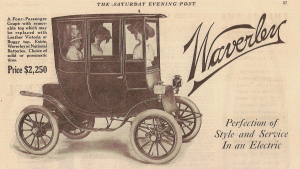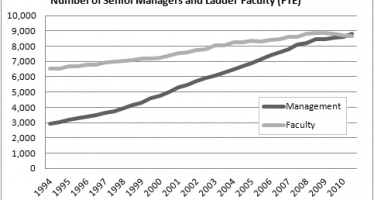Tesla just a tax-funded government project
By John Seiler
I’ve seen a couple of Tesla cars tooling around Orange County. They’re neat, as we said in the 1960s. And they’re made in California. They also survived where other electric car companies, such as Fisker, have crashed.
The problem with the Tesla and all these cars is the short range before recharging. The Tesla Model S is supposed to go 300 miles under ideal conditions. But as the New York Times found out in its test, that means you have to stop for an hour full charge after about 250 miles.
So a 500-mile trip would add another hour to the time. By contrast, filling up a typical sedan takes less than 10 minutes.
Tesla just paid back its government loan nine years early. But the Wall Street Journal also revealed where the money is coming from:
The decade-old Tesla debuted its first product, the Roadster, in 2006. With a base price of $109,000, it was discontinued before it hit 2,500 sales. Tesla introduced its Model S a year ago and had sold an estimated 9,650 at a bargain $70,000 through April. By contrast, Ford sold 168,843 F-series pickup trucks in the first quarter alone.
Tesla wouldn’t have sold even that many cars without the extraordinary help of government. In 2009 the company received a $465 million Obama loan guarantee, supplemented last year by a $10 million grant from the California Energy Commission.
That money has underwritten Tesla’s engineering and manufacturing, but federal and state governments also subsidize the purchase of Tesla products. Any U.S. buyer of a Tesla car qualifies for a $7,500 federal tax credit, while states like Colorado throw in up to $6,000 more in state income-tax credits. Taxpayers pay first so Tesla can build the cars and again to help the wealthy buy them.
These subsidies are important enough to Tesla that its website features an “Incentives” section directing buyers where to look for their states’ electric-vehicle benefits—rebates, free parking, exemptions from state sales tax, use of high-occupancy lanes, and the like. Buyers from states that offer no incentives get this Tesla message: “Want to help make EV [electric vehicle] incentives a reality in your area? Encourage your local or state representative by calling or sending them a letter.”
Tesla’s biggest windfall has been the cash payments it extracts from rival car makers (and their customers), via its sale of zero-emission credits. A number of states including California require that traditional car makers reach certain production quotas of zero-emission vehicles—or to purchase credits if they cannot. Tesla is a main supplier.
A Morgan Stanley MS +0.41% report in April said Tesla made $40.5 million on credits in 2012, and that it could collect $250 million in 2013. Tesla acknowledged in a recent SEC filing that emissions credit sales hit $85 million in 2013’s first quarter alone—15% of its revenue, and the only reason it made a profit.
Take away the credits and Tesla lost $53 million in the first quarter, or $10,000 per car sold. California’s zero-emission credits provided $67.9 million to the company in the first quarter, and the combination of that state’s credits and federal and local incentives can add up to $45,000 per Tesla sold, according to an analysis by the Los Angeles Times.
It’s all just another government scam aiding special interests. Crony capitalism at its worst.
Cost of gas
By the way, gas-powered cars really are not costing more to drive, despite higher gasoline prices. I just saw the 1974 movie “The Sugarland Express,” starring cute Goldie Hawn and directed by Steven Spielberg. It was filmed in 1973. I noticed that gas prices then were 31.9 cents per gallon. The film was made entirely in Texas, including San Antonio.
According to SanAntonioGasPrices.com, you can buy gas there now for $3.19 a gallon — by conicidence, that’s exactly 10 times the price in 1974.
But there’s been a lot of inflation since then. The Labor Department’s CPI Inflation Calculator shows that 31.9 cents in 1973 = $1.67 today. So that’s about half today’s actual price. And cars’ fuel efficiency now is about twice that of 1973.
So the cost of running a gas-powered car is about the same as in 1973.
Some day electric cars, which have been around a century, will be more efficient and make sense without taxpayer subsidies. That day is decades off.
Related Articles
Rush Limbaugh on Stockton bankruptcy
April 5, 2013 By John Seiler Unlike most East Coast commentators, Rush Limbaugh knows something about California. Sacramento, where he
Vergara appeal decision: Nixon goes to China for Jerry Brown?
To an astounding degree, prominent California Democrats have so far avoided substantive comment on Judge Rolf Treu’s landmark — but
How Gov. Brown could ace Napolitano on U.C. tuition
As Chris Reed noted last week, U.C. President Janet Napolitano has another thing coming if she thinks she can push a





